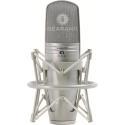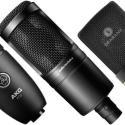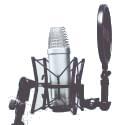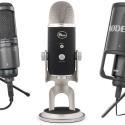What Is a Condenser Microphone and Why Use One
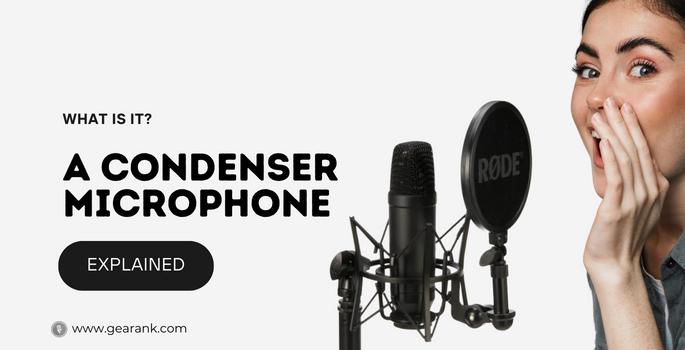
You're in a situation where you're planning to buy a condenser microphone, or you might already own one but want to know more about its inner workings.
Here is all the information you need to know:
- What is a condenser microphone?
- How does it work?
- How is it different from other microphones?
- What are its pros and cons?
By the end of this guide, you'll know if a condenser microphone is the right choice for your recording needs.
Condenser Microphones Explained
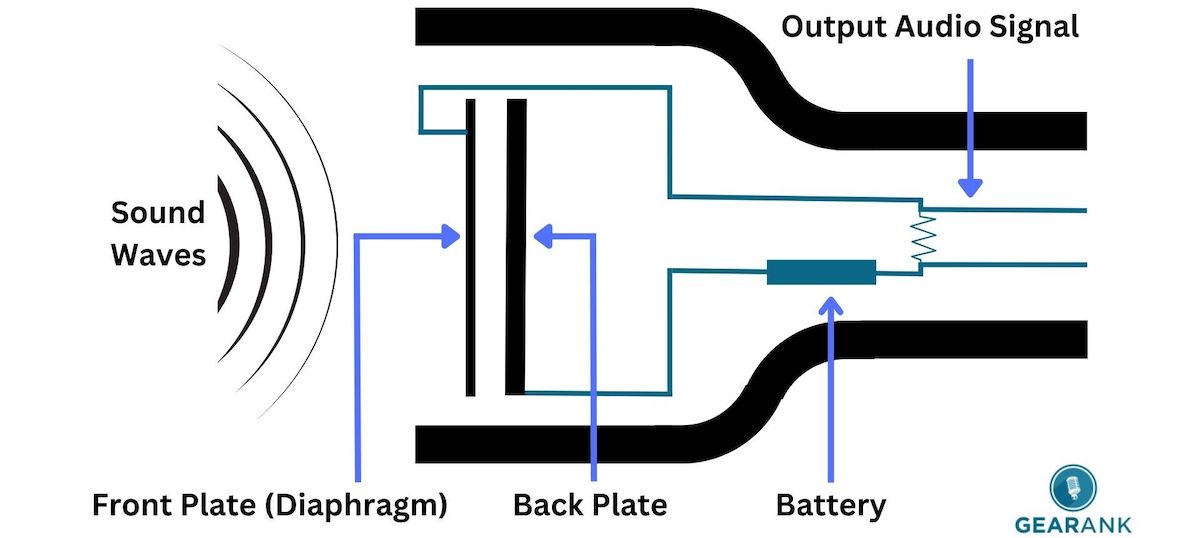
Condenser microphones work the same as other microphones:
- Incoming sound waves hit the diaphragm, causing back-and-forth movement.
- The mic converts the movement into an electrical signal.
- Captured sound goes through the input of a mixer or audio interface.
- Sound makes its way through the speakers.
What makes condenser mics different is their high sensitivity to sound pressure. Why does it have a high-frequency response? It's due to the solid metal plates of its diaphragm.
Condenser mics need an external power source called phantom power. Phantom power or 48v can be found in mixing desks and some audio interface devices.
This additional power makes condensers more responsive to frequencies range and dynamic changes.
What is a Condenser Microphone Used for?
Using the right microphone is like casting a wider net on those little nuances you want to record. A condenser microphone works best for recording softer, high-frequency sounds. In these situations, using a condenser will produce better recordings over other mics:
- Recording acoustic guitars and other acoustic instruments such as a piano and harp.
- Recording solo or group vocals in a studio.
- Recording drum drum overheads.
- Recording an orchestra.
However, condensers aren't ideal for recording loud, punchy, or bassy sounds. In these cases, it can result in distortion or even a damaged condenser capsule. Because of the extra sensitivity of condenser mics, vocals and instruments recorded through a condenser mic are easier to work with in post production.
Large Diaphragm Condenser Mics vs Small Diaphragm Condenser Mics
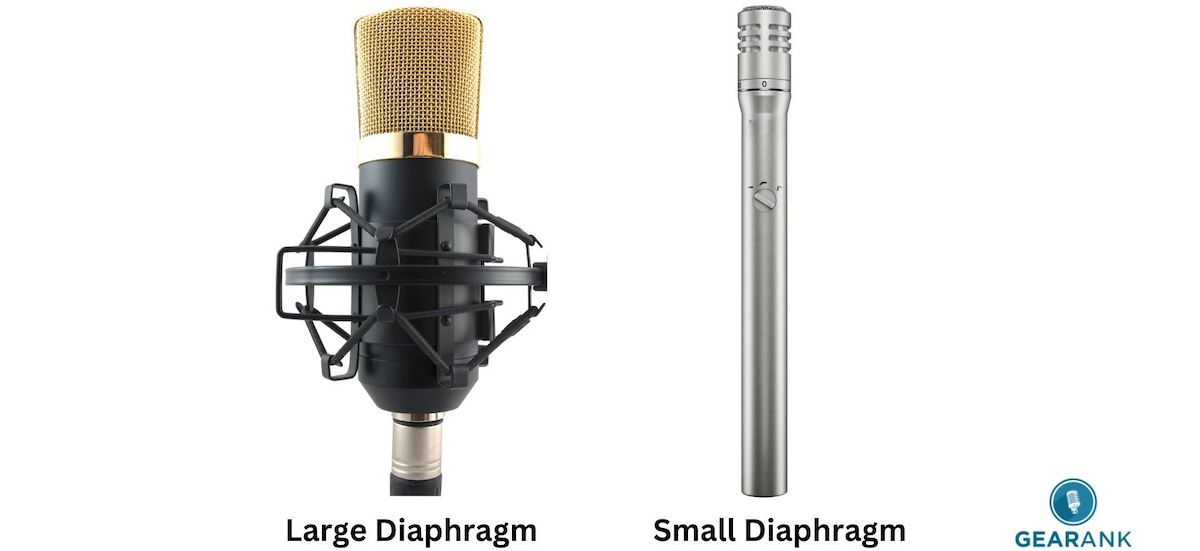
There are different types of condenser microphones for producing specific sounds. But the main two types of condenser microphones are:
- Small diaphragm condenser microphones
- Large-diaphragm condenser microphones
So, what's the difference between a large diaphragm condenser microphone and a small diaphragm condenser microphone?
Small diaphragm condensers have a superior transient response. They have more consistent pickup patterns than large diaphragm microphones.
The audio signal sounds neutral and tends to have a bit more air. It's an excellent choice for capturing sound uncolored, before it goes to the mixer.
Large diaphragm condensers were invented before small diaphragm mics. The early design of these condensers came with vacuum tubes, and they are known to produce a warm sound. Then, solid-state versions of these entered the market as an affordable option.
Sound engineers tend to use these condensers for their coloration. They respond better to low frequencies and have less audible noise than small diaphragm condensers.
What Is a Polar Pattern in a Condenser Mic?

A polar pattern determines what part of the mic is most sensitive to picking up sound. Knowing the polar patterns of condenser mics is essential because some have 3-5 polar patterns, while others only have one.
Knowing these five patterns will enable you to select which ones you need. Those five polar patterns are:
Cardioid
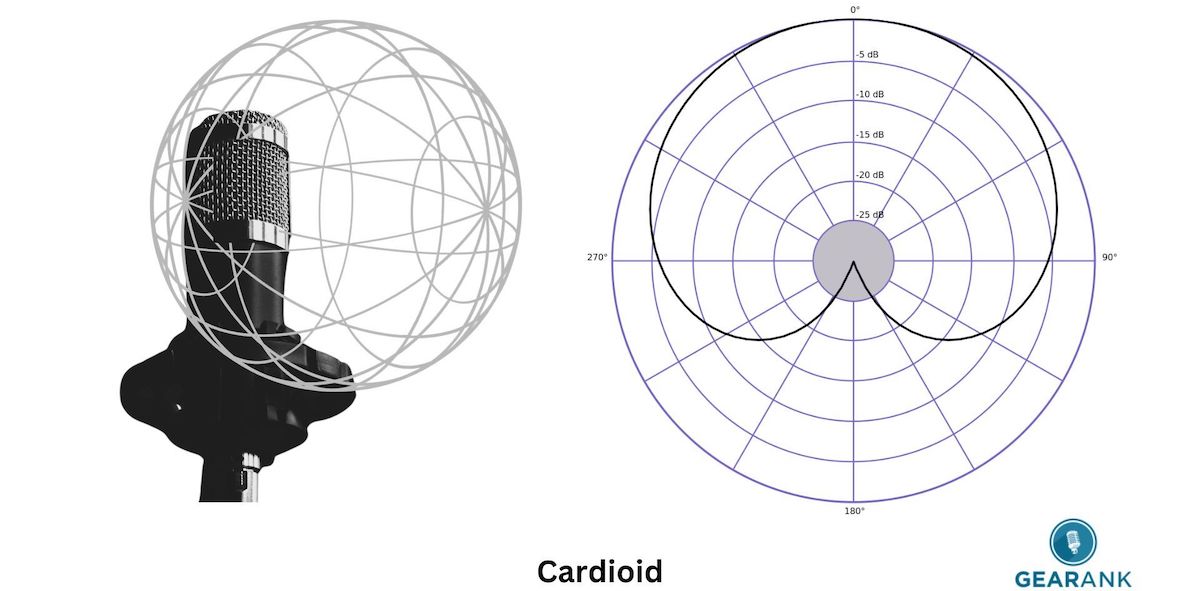
Due to its heart-like shape, cardioid is a pickup pattern sensitive to sound from the front and rejects sound from the sides or rear of the mic.
This polar pattern is suitable for recording environments with poor acoustics. Since it isolates only what's in front, you won't hear reflections, and unwanted background noise from other angles won't be heard as much.
Supercardioid
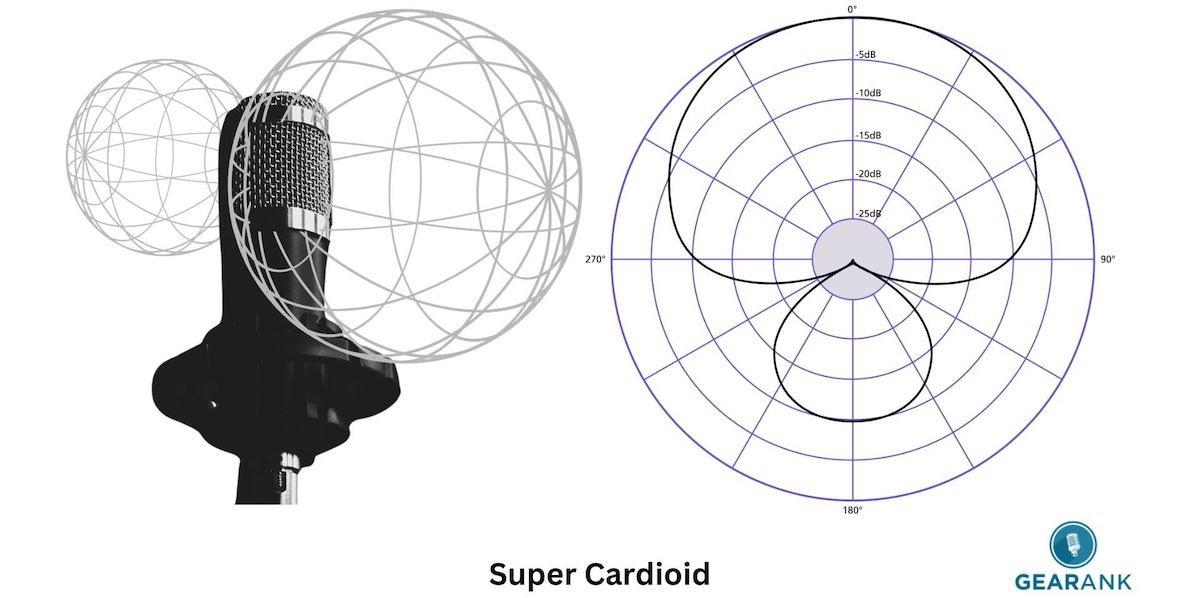
It's similar to cardioid but with a little pickup on the rear of the mic. It has an edge compared to cardioid mics in terms of sound isolation and can capture live vocals better.
The downside is you must be extra mindful of how you position yourself at the mic because its sound isolation is more sensitive than a cardioid.
Omnidirectional
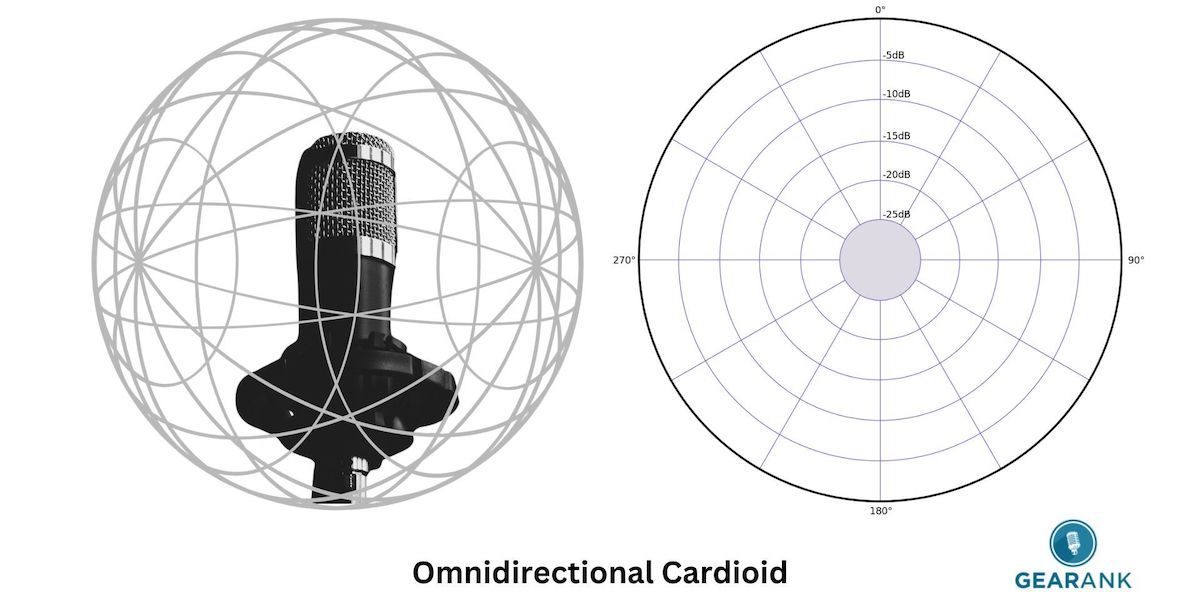
Regardless of where the mic is pointed, this polar pattern picks up sound coming from all directions.
It's a popular choice for recording:
- Group vocals in a studio or live.
- Multiple instruments in an acoustically treated setting.
- Field recordings where ambient sounds need to be captured.
Bidirectional/Figure-8
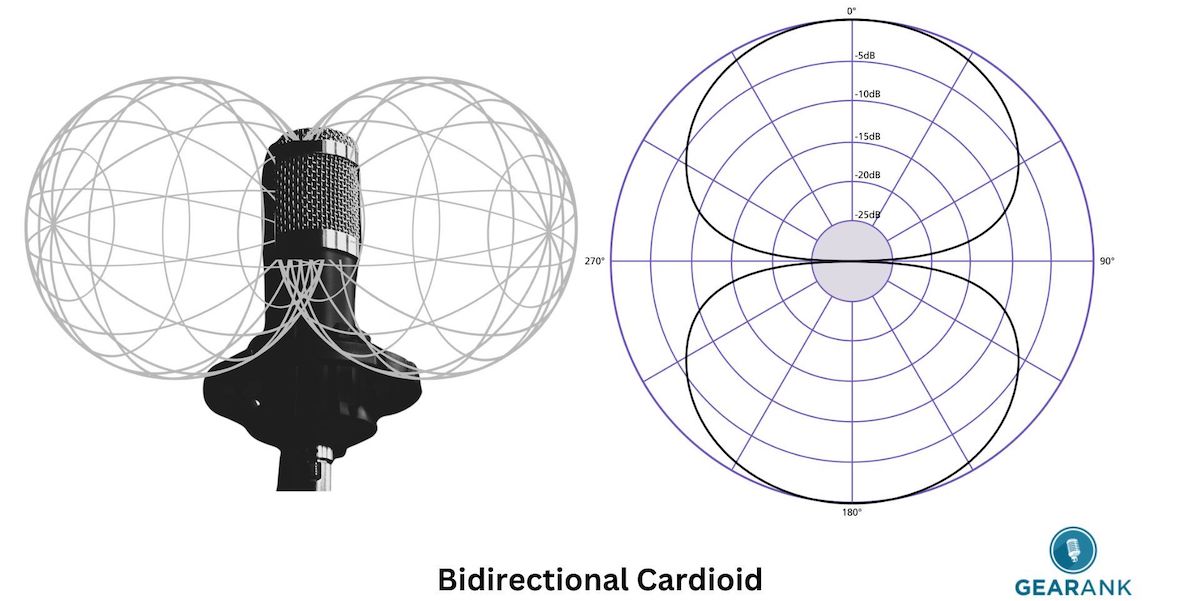
The Figure-8 polar pattern picks up sounds in the front and rear but rejects sound from the side. It's often used for stereo recording where miking techniques are involved.
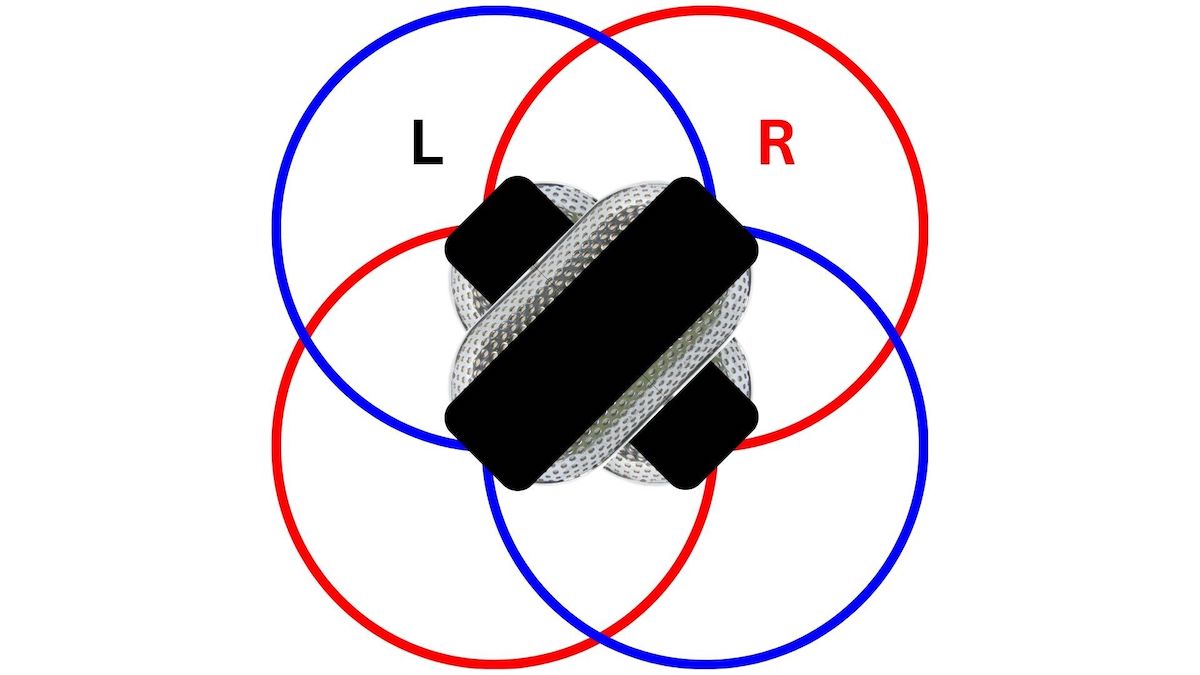
For instance, the Blumlein miking technique--a stereo recording setup. Take two condenser mics with a Figure-8 polarity and place them where one mic covers for the side rejection of the other.
Quick tips on Experimentation
If you have limited resources, you can still do a near recreation of the omnidirectional and Figure-8 pattern with just two cardioid condenser mics. Try these tips to see for yourself if it works for you:
Place both condensers back-to-back and get an omnidirectional polar pattern.
Place both condensers back-to-back, space them out, reverse the other phase, and get a Figure-8 polar pattern.
Condenser Microphones vs Dynamic Microphones
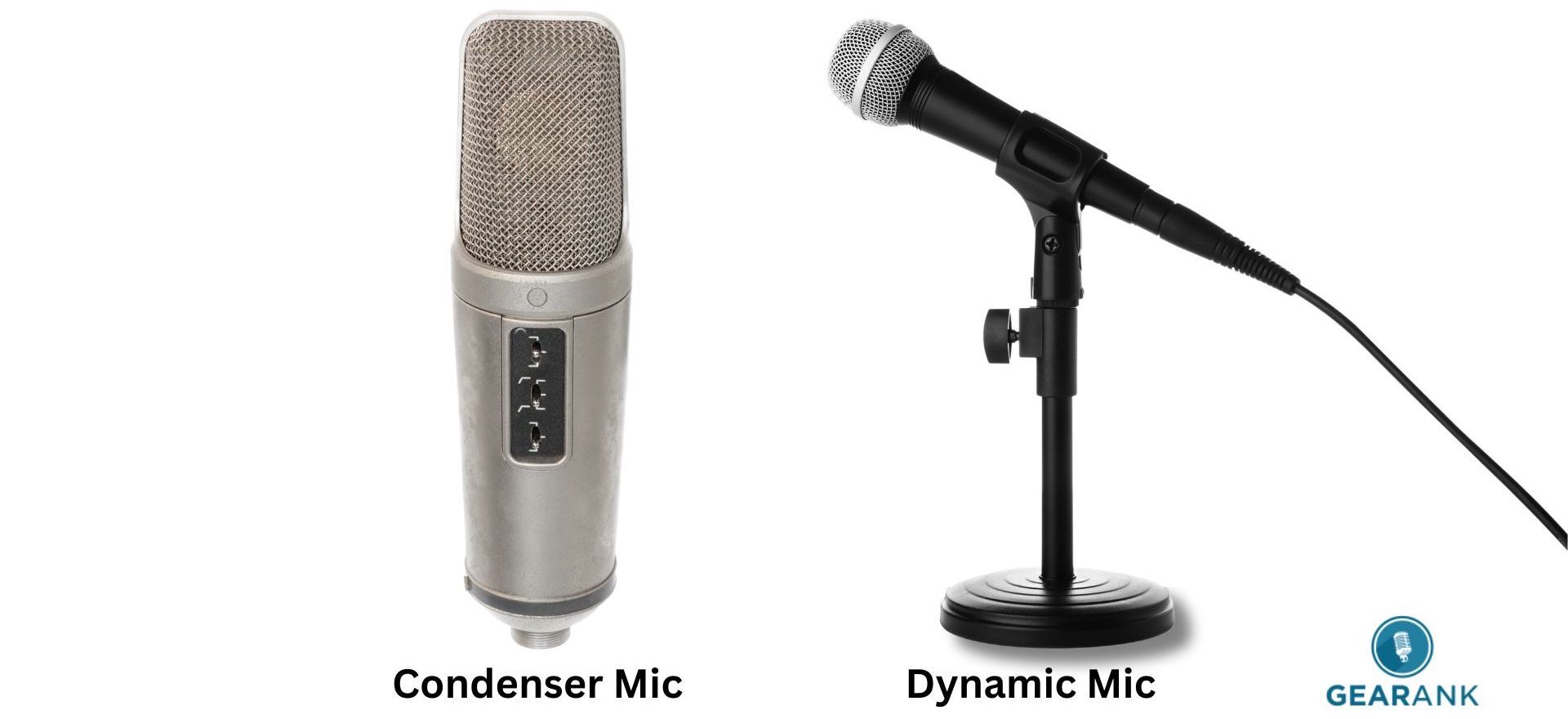
Dynamic and condenser microphones are a staple in audio production. What makes them different then?
A dynamic microphone is a microphone type with low transient response. You must engage its diaphragm at a certain sound pressure level to set it in motion. They can handle loud and punchy sounds better than condensers.
This is why dynamic microphones are suitable for recording:
- Electric guitars
- Bass guitars
- Kick drums, snare drums, and toms
- Loud vocals, as well as vocalists with lower singing registers
Another difference between dynamic and condenser mics is durability. A condenser has delicate parts like a solid metal plate and a vacuum tube. In contrast, a dynamic mic is built for rugged settings. It's the Rambo of microphones. It's ideal for live performances, especially for performers who move around a lot.
Condenser Microphones vs Shotgun Microphones
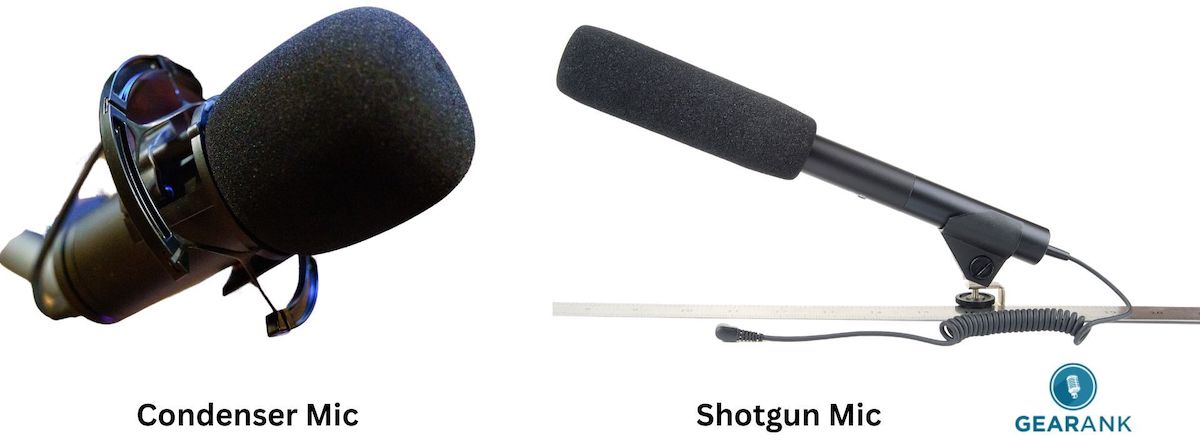
Shotgun mics got its name because it resembles a "shotgun." Although they are rarely used in music production, it's a type of microphone commonly used as a pickup in film, TV sets, and voiceovers.
Its polar pattern rejects sounds from the front and rear. They're an alternative option for recording overhead cymbals left and right. The polar pattern of this mic can reduce bleeding from one cymbal to the other.
Condenser Microphones vs Ribbon Microphones
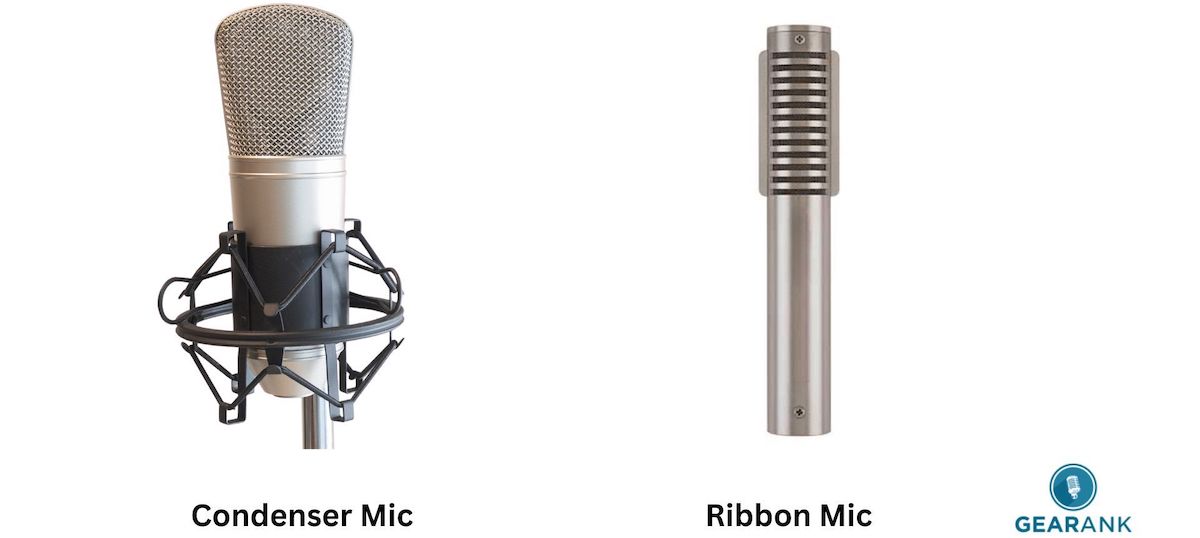
Its ribbon-like coil produces a distinct sound that can be described as warmer and darker compared to a large diaphragm condenser. Ribbon mics are a type of dynamic microphone that can also be used for live performance.
All ribbon mics have a figure 8 polar pattern (unless designed otherwise). You can perform with a guitar and sing simultaneously using only this mic. Its warm tone sounds great for recordings that don't need prominent top-end frequencies.
The Benefits of Condenser Microphones
Finally, let's run through the pros of using condenser mics. These include:
- A high transient response.
- A higher frequency response.
- Recordings that have high-fidelity sound quality.
- Use as USB mics since USB condenser microphones are widely available.
The Drawbacks of Condenser Microphones
Despite their benefits, condenser mics have their drawbacks. These include:
- High sensitivity to loud sounds.
- Prone to distortion and mic damage when strong sound waves hit the mic.
- There is an increased risk of recording unwanted background noise.
- A need for external power (phantom power).
- They are unsuitable for live performance due to their fragility and wide frequency response.
Closing thoughts
What is a condenser microphone? Compared to other mics, it is the best choice for capturing bright, detailed sounds, such as acoustic instruments, cymbals, and soft vocals in a recording environment or an acoustically treated space. Maximizing its use requires understanding different types of condensers and their polar patterns.
Contributors:
Allen Articulo - Co-writer
Jerry Borillo - Illustrations



